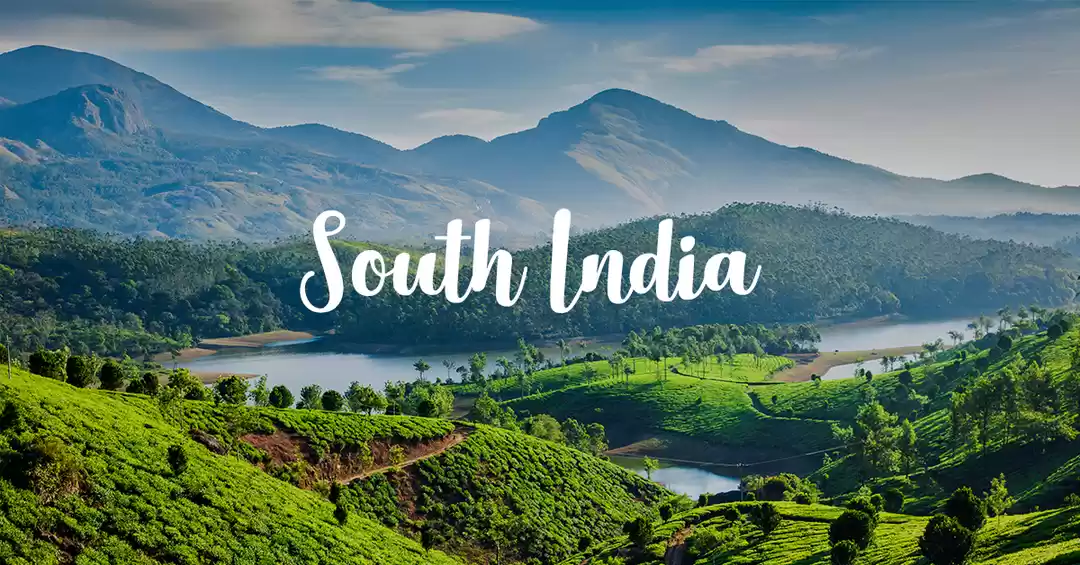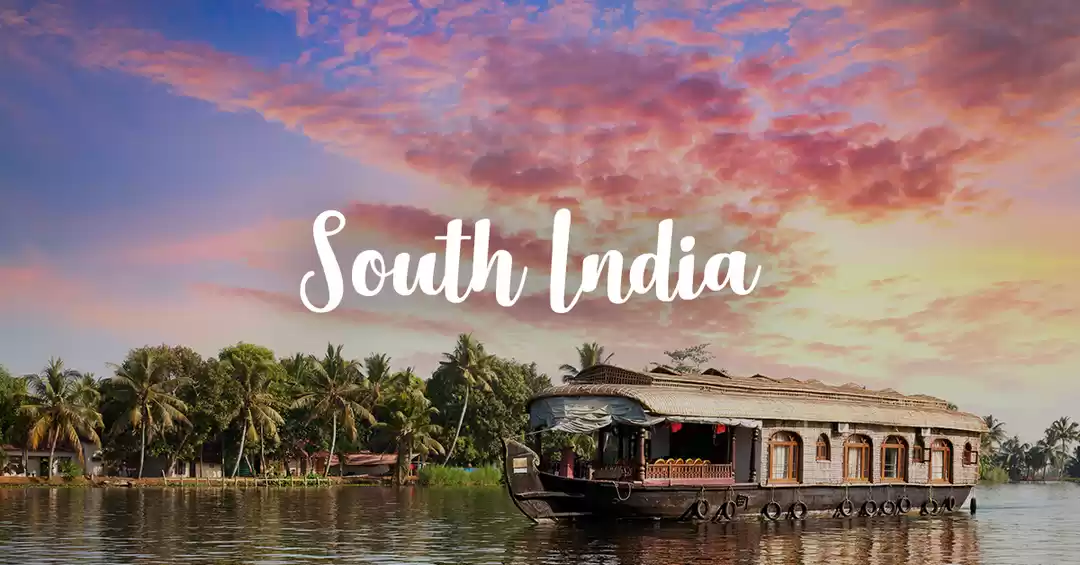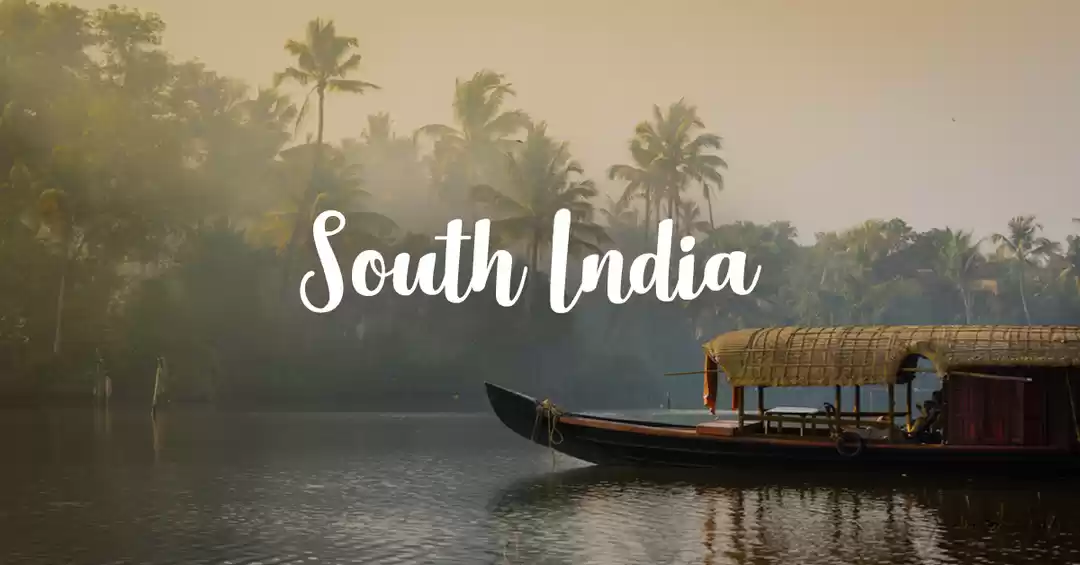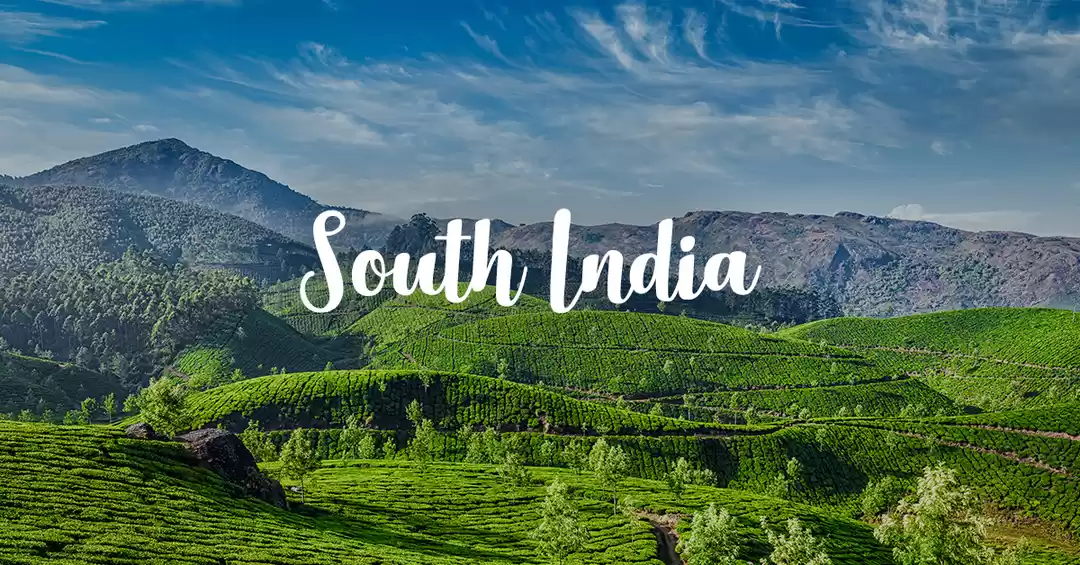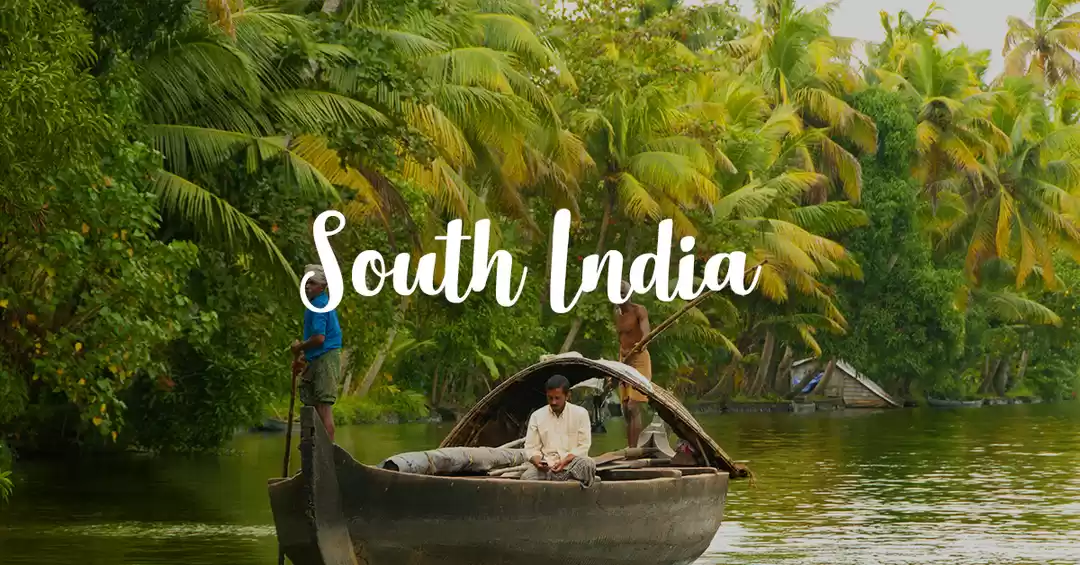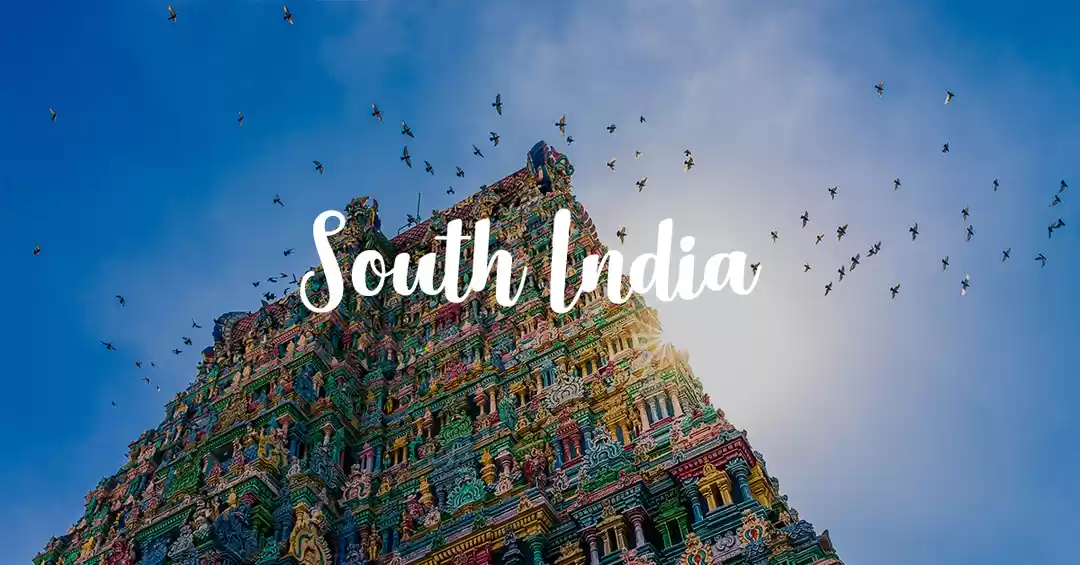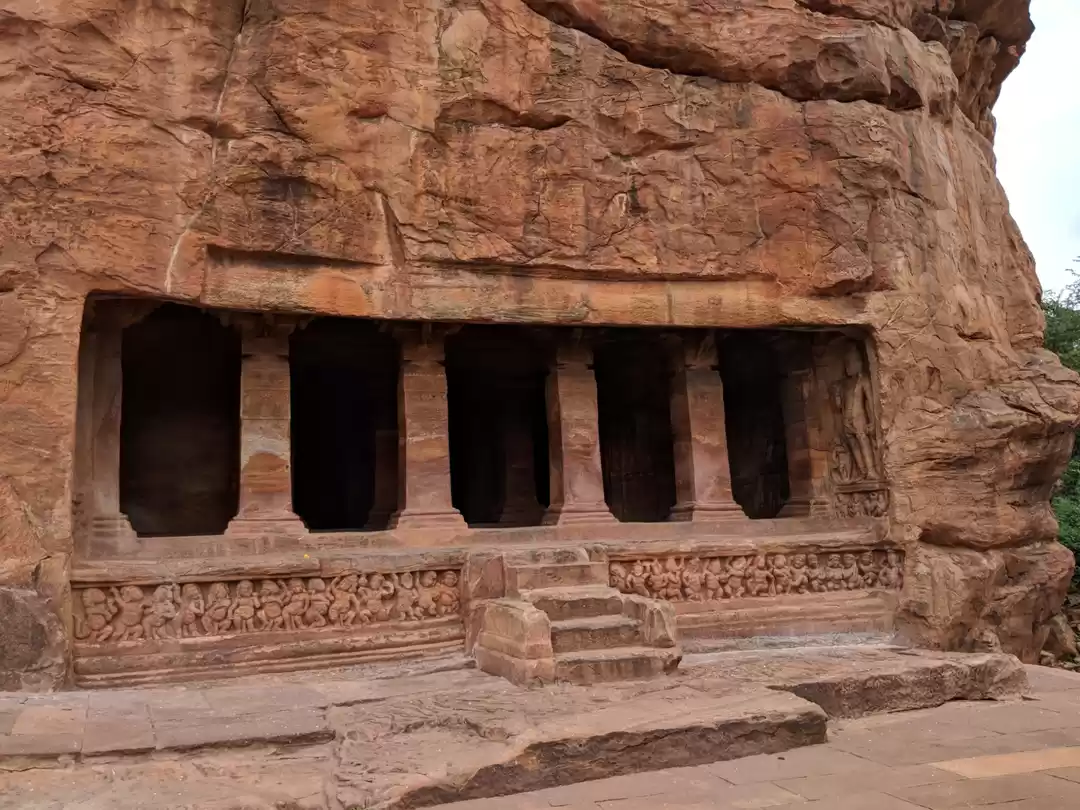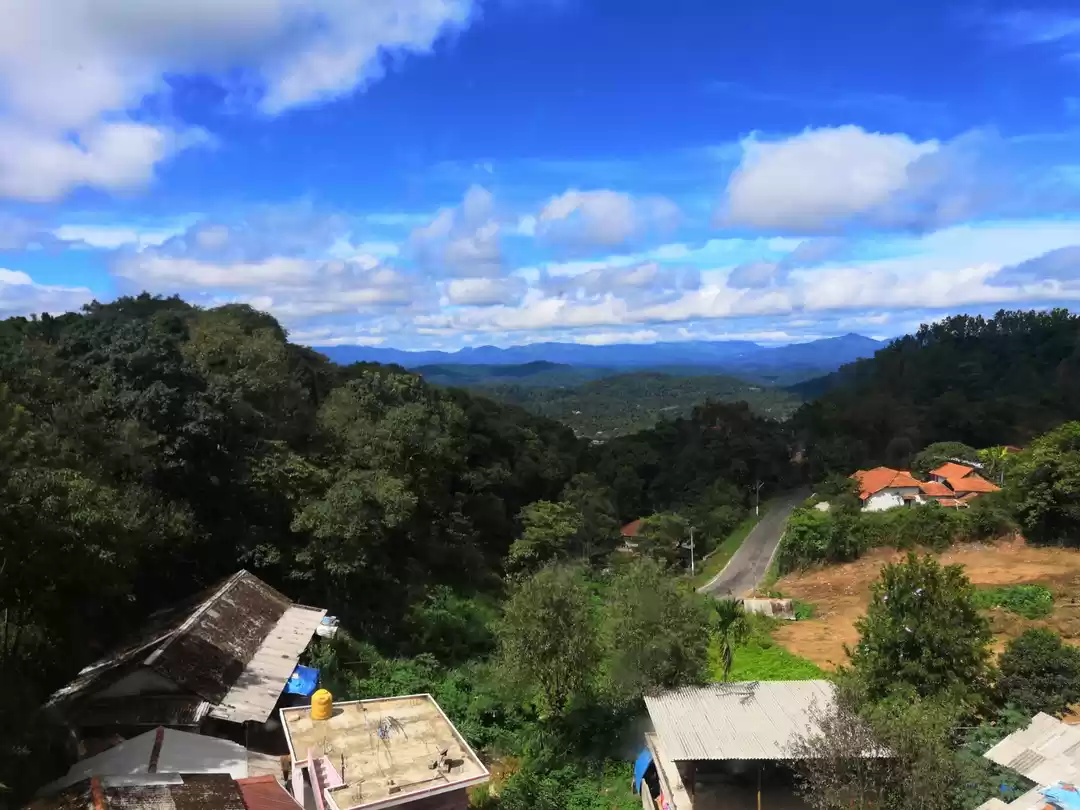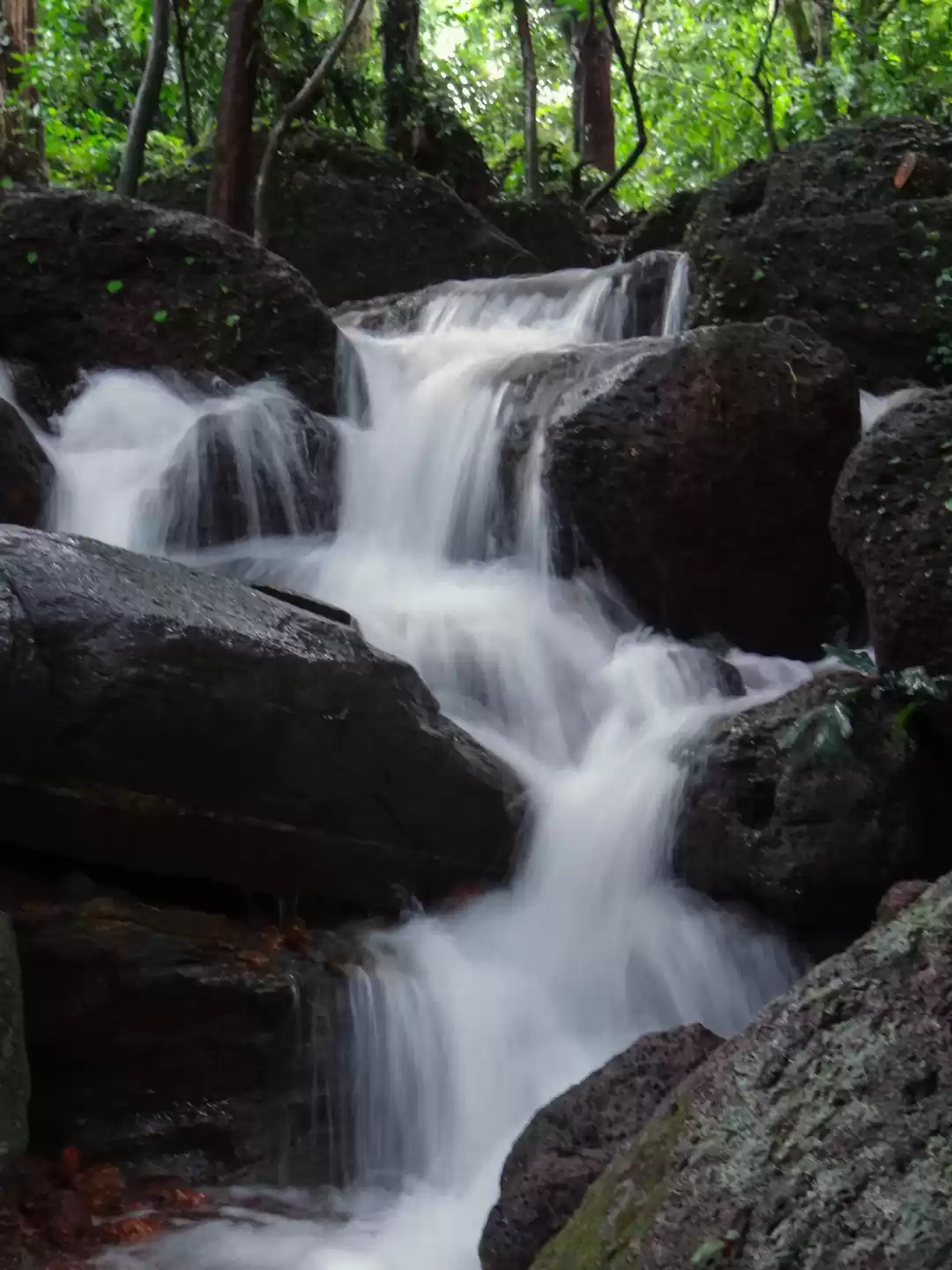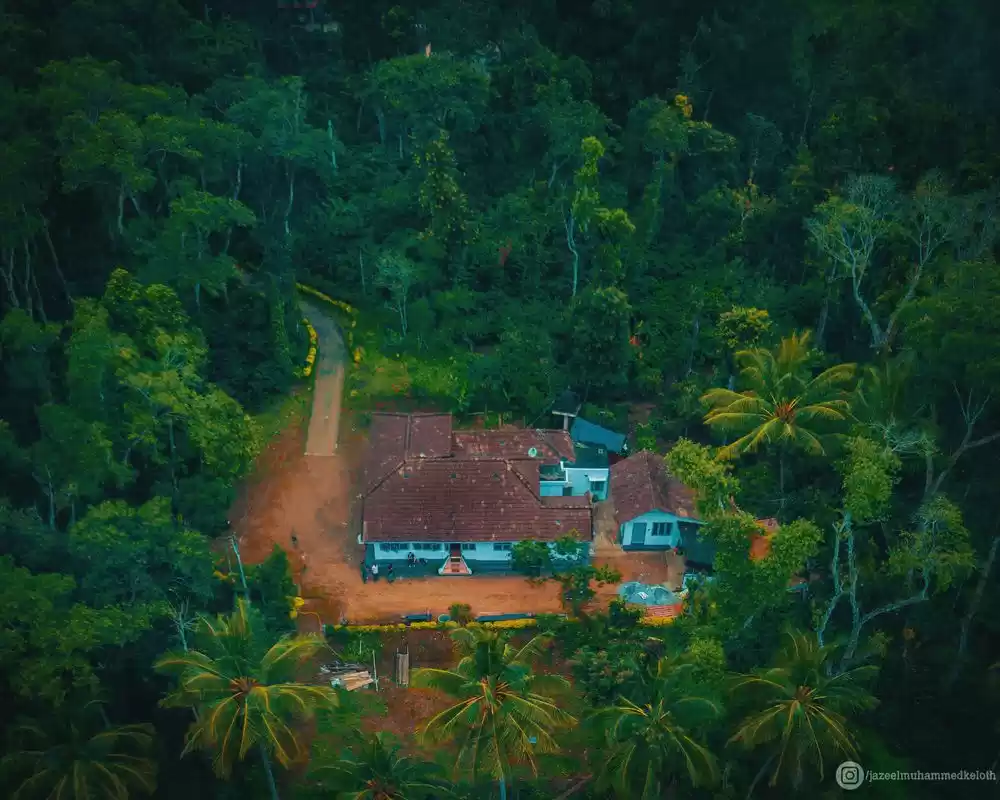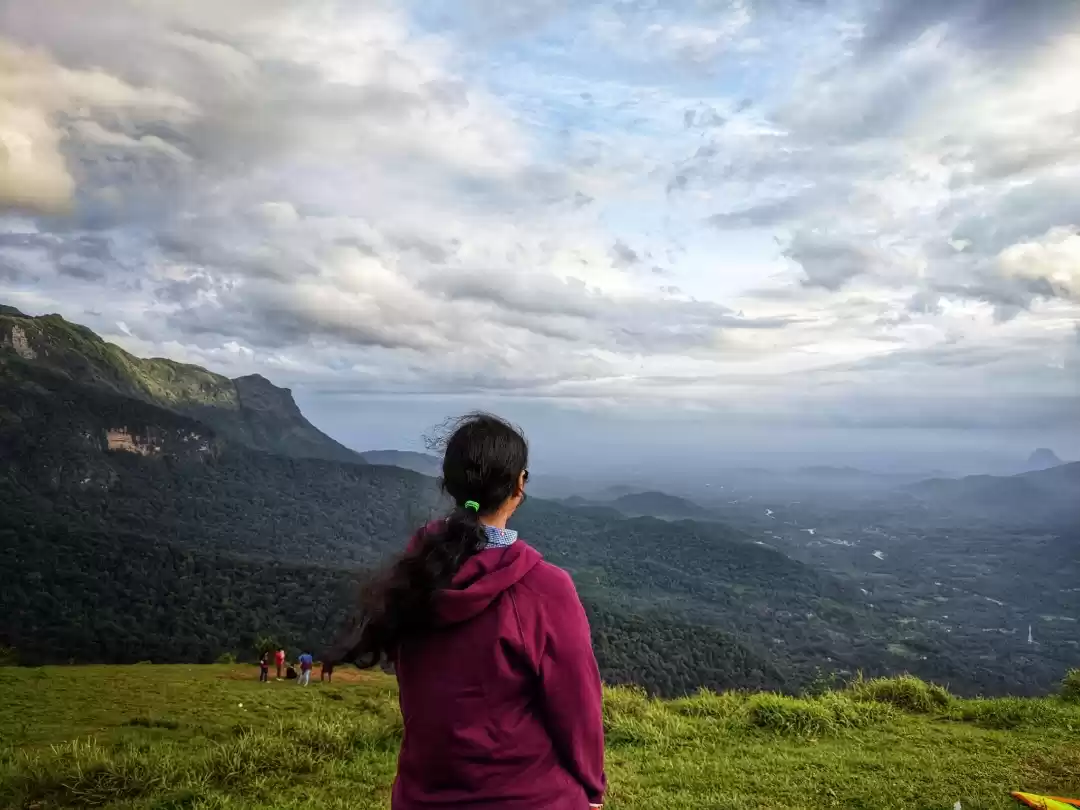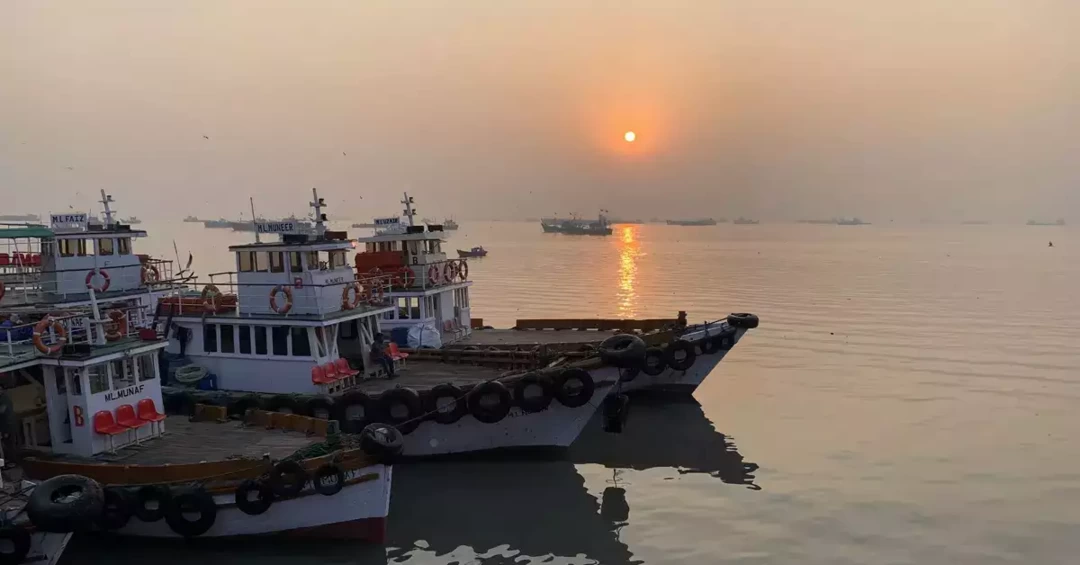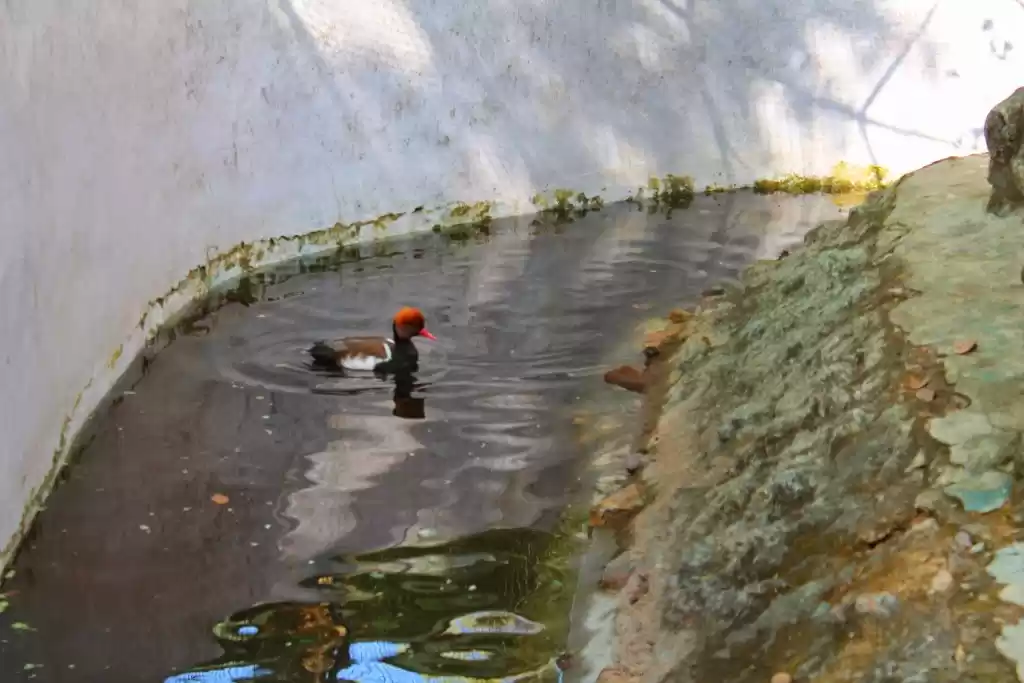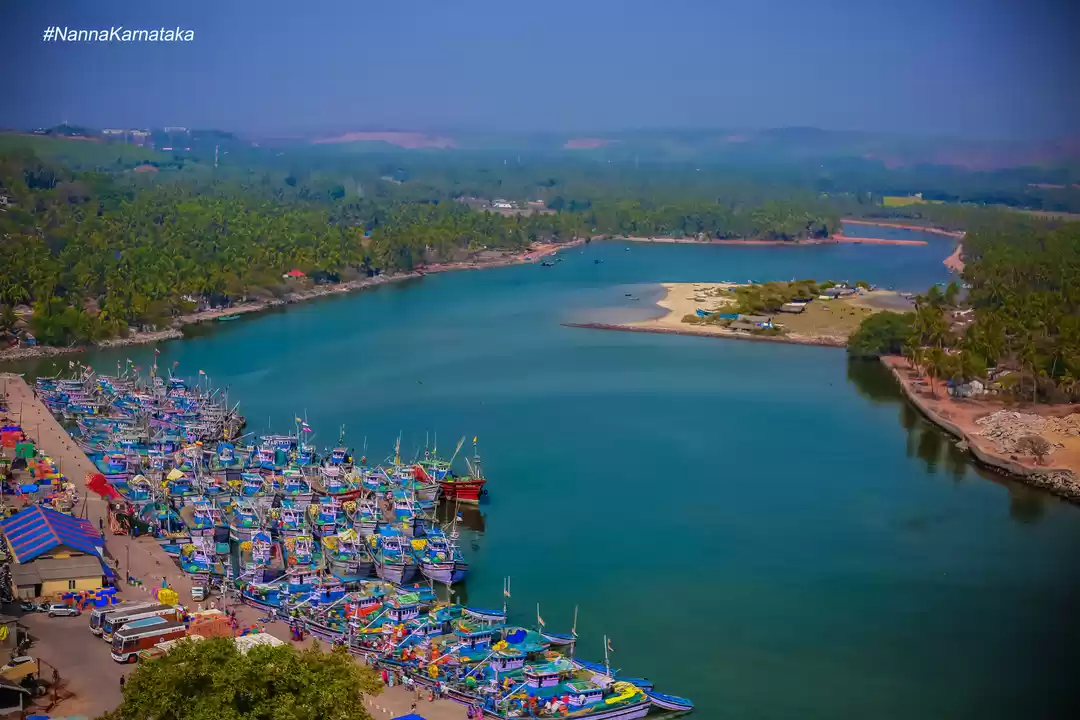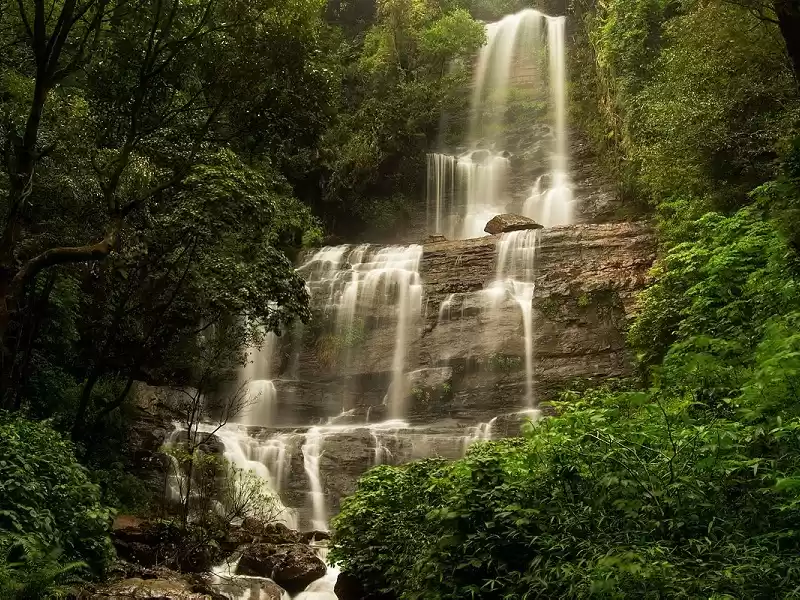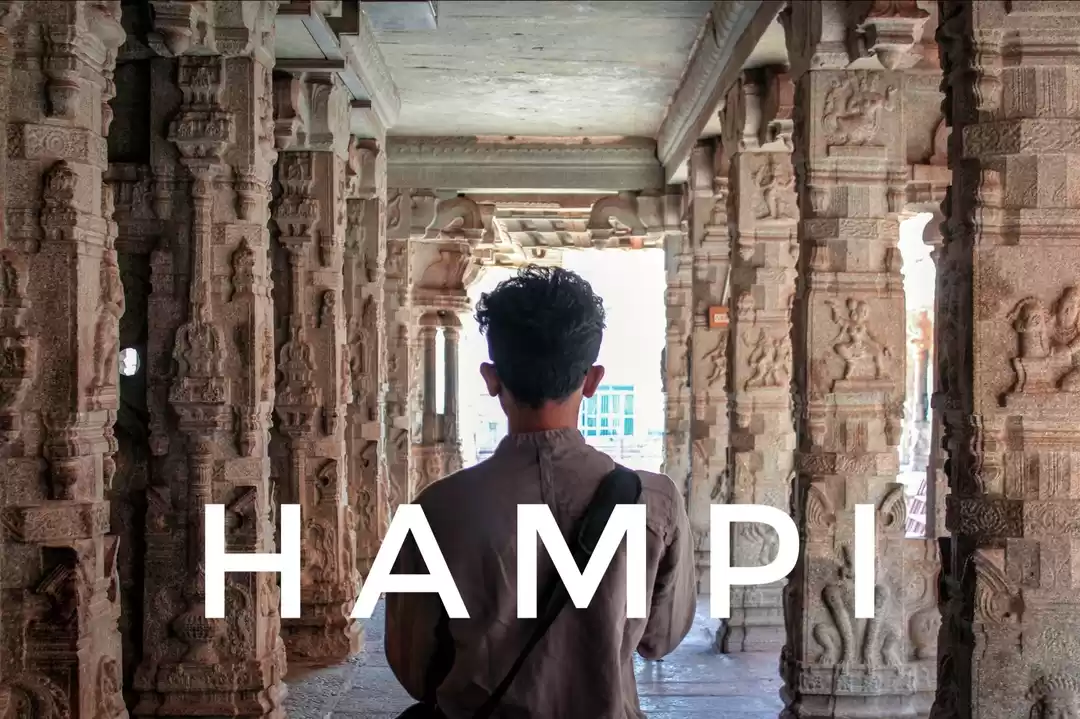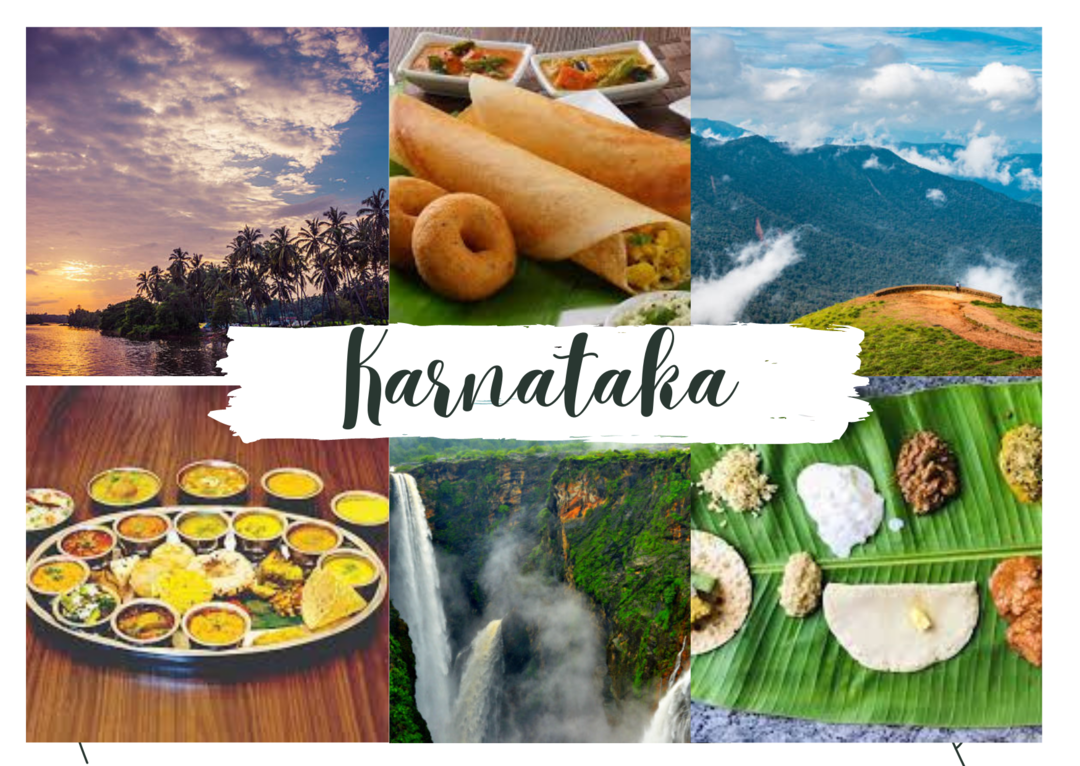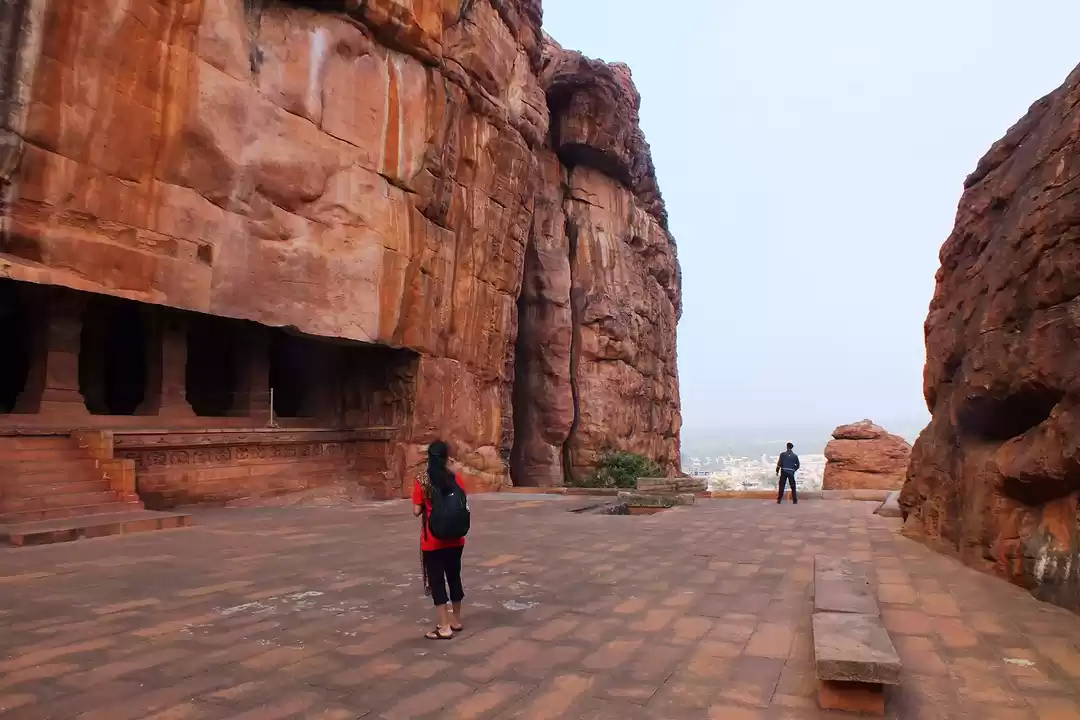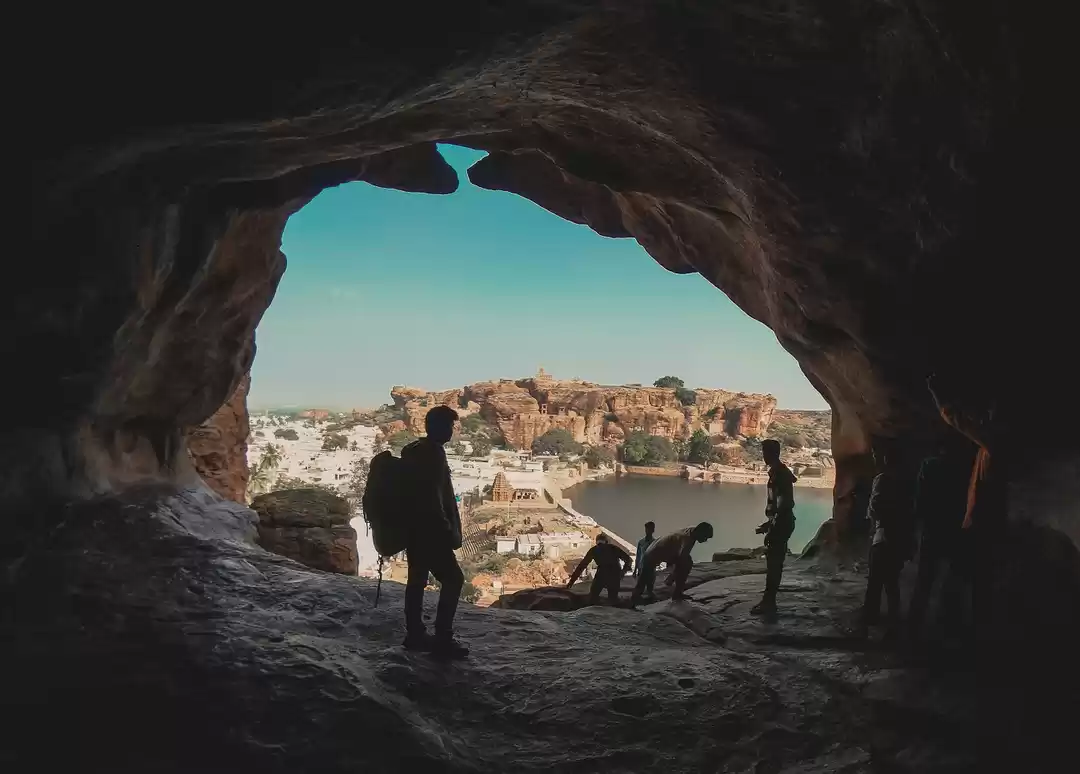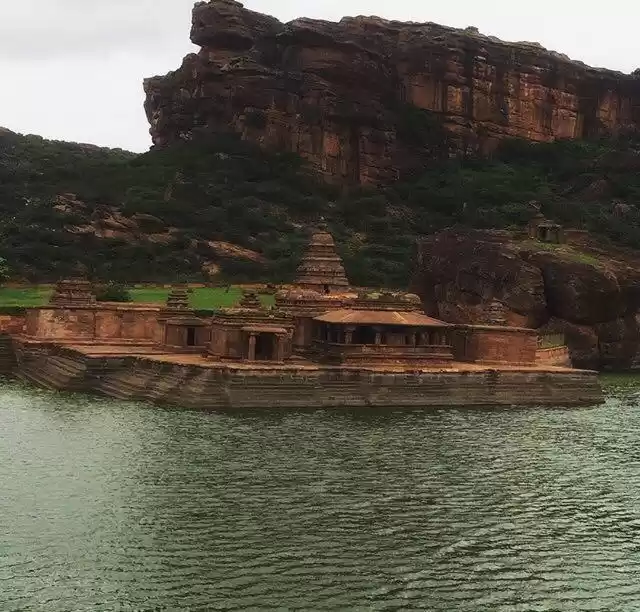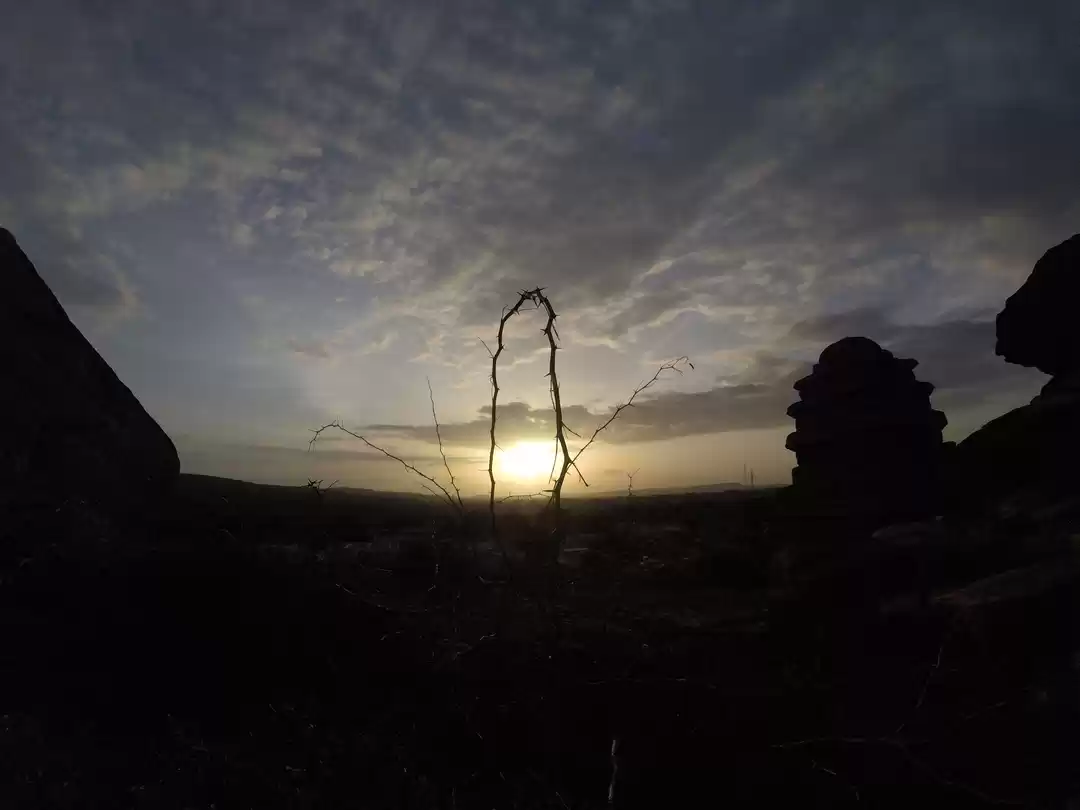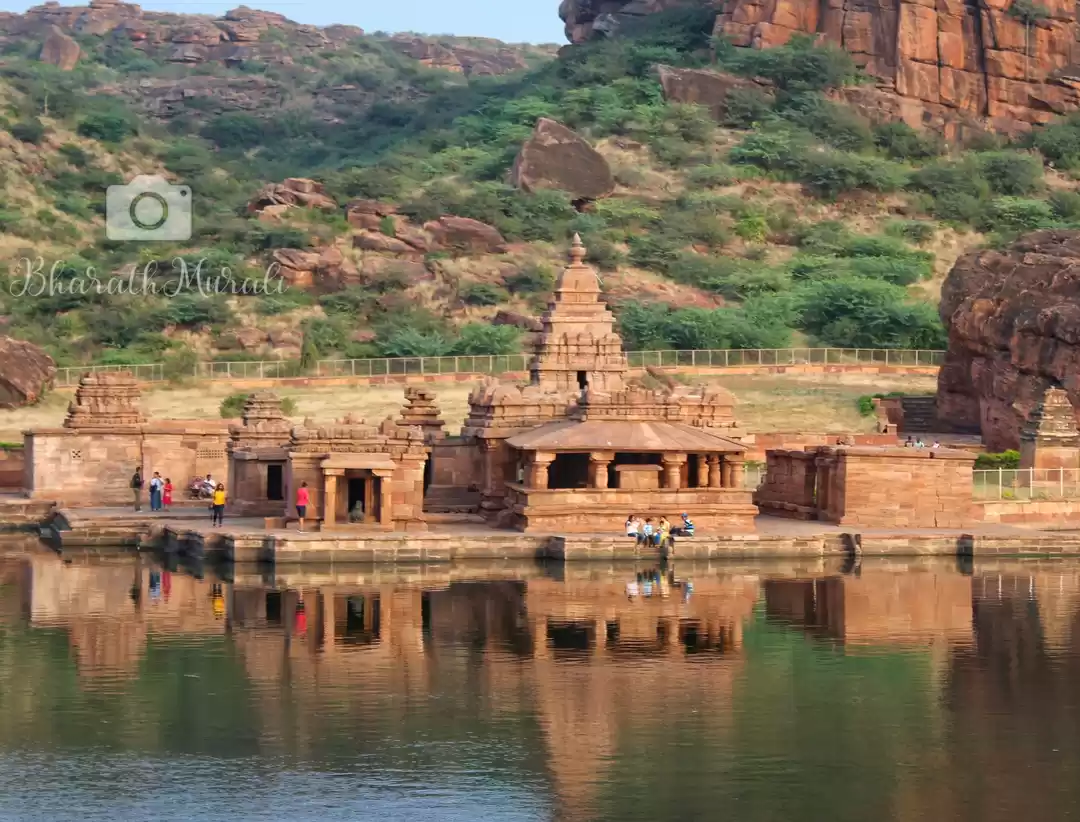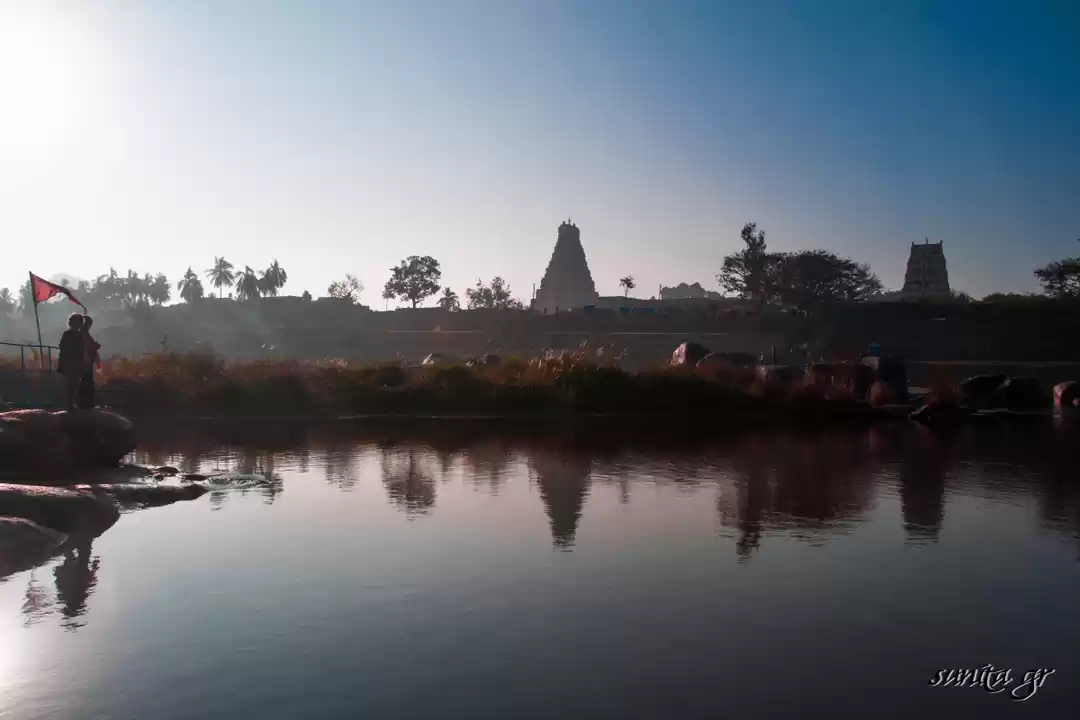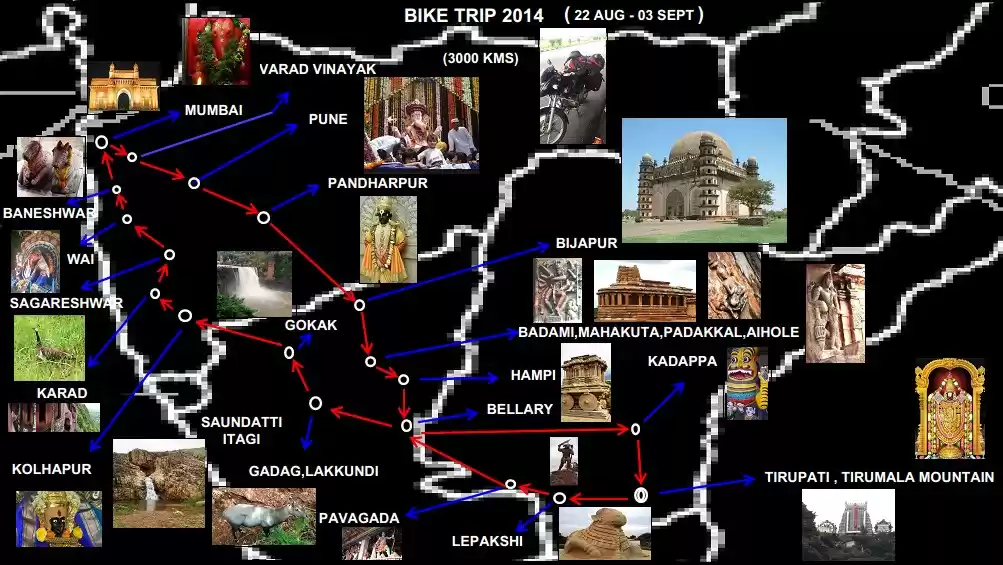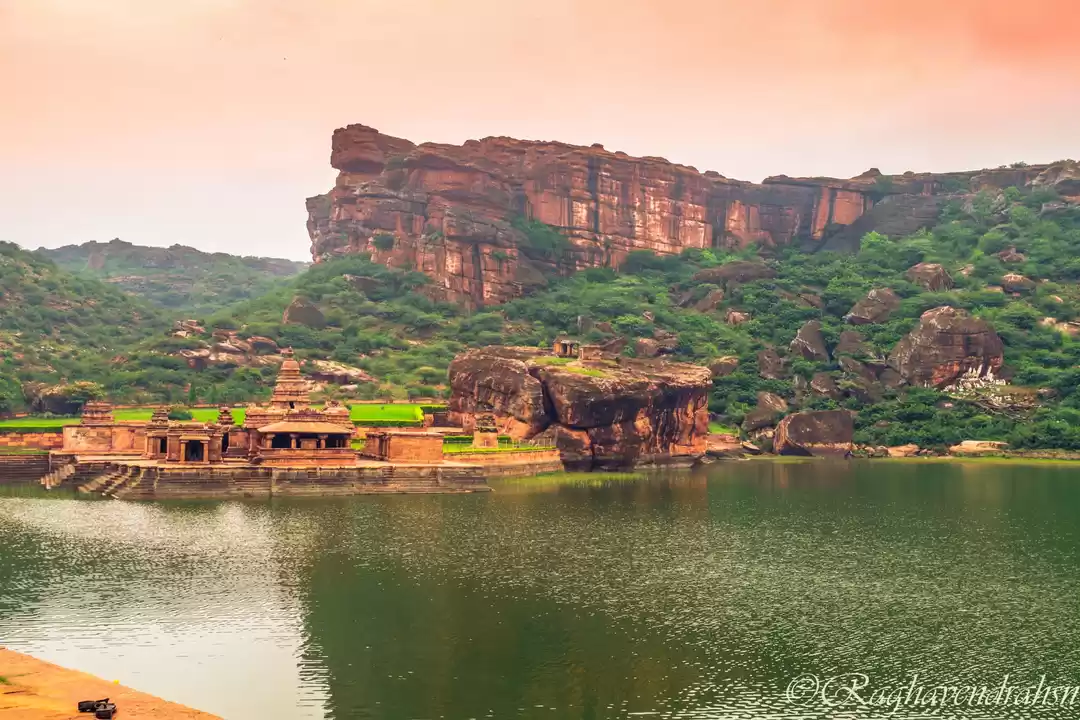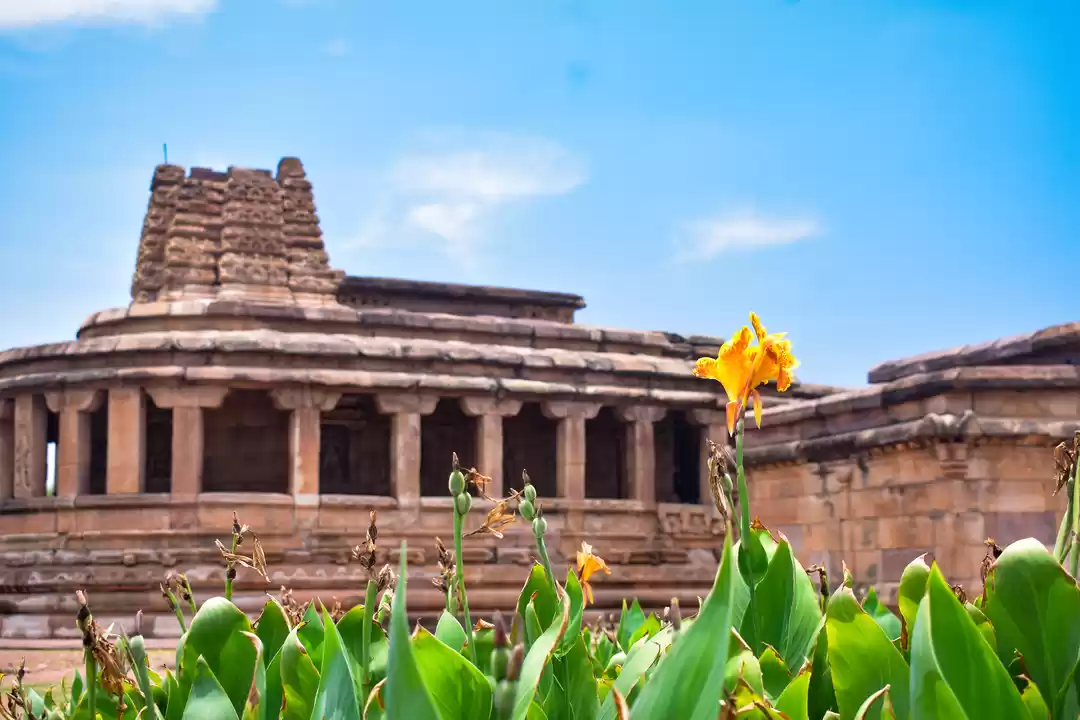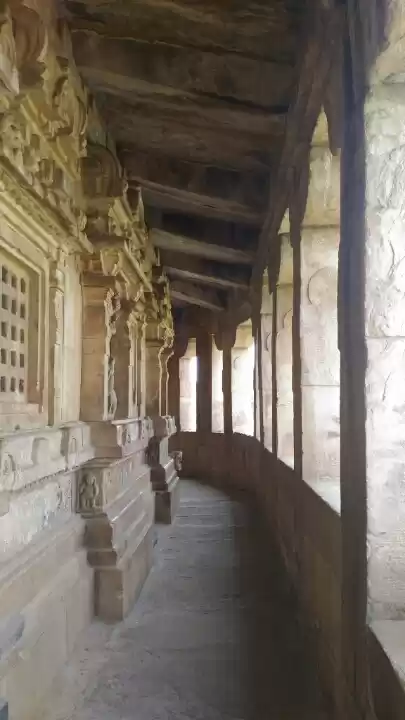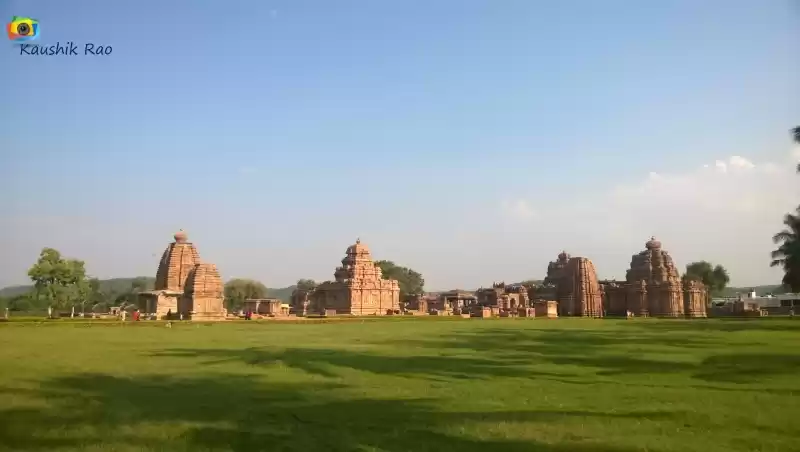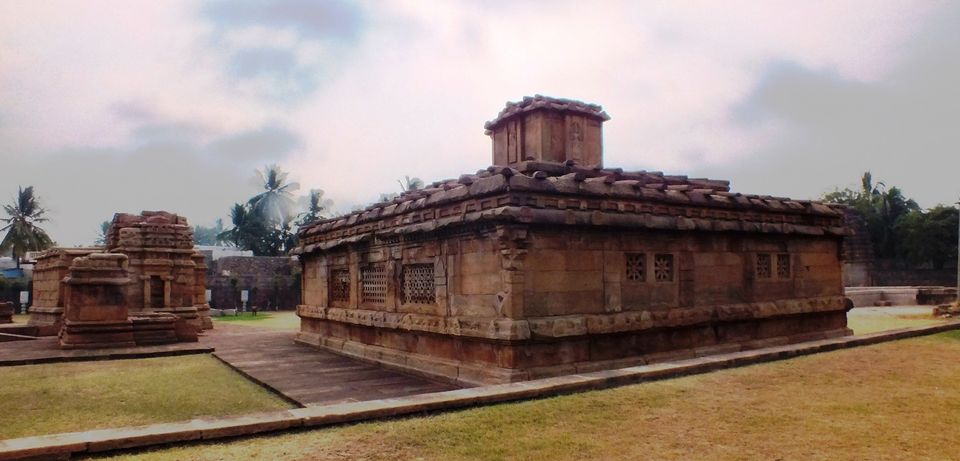
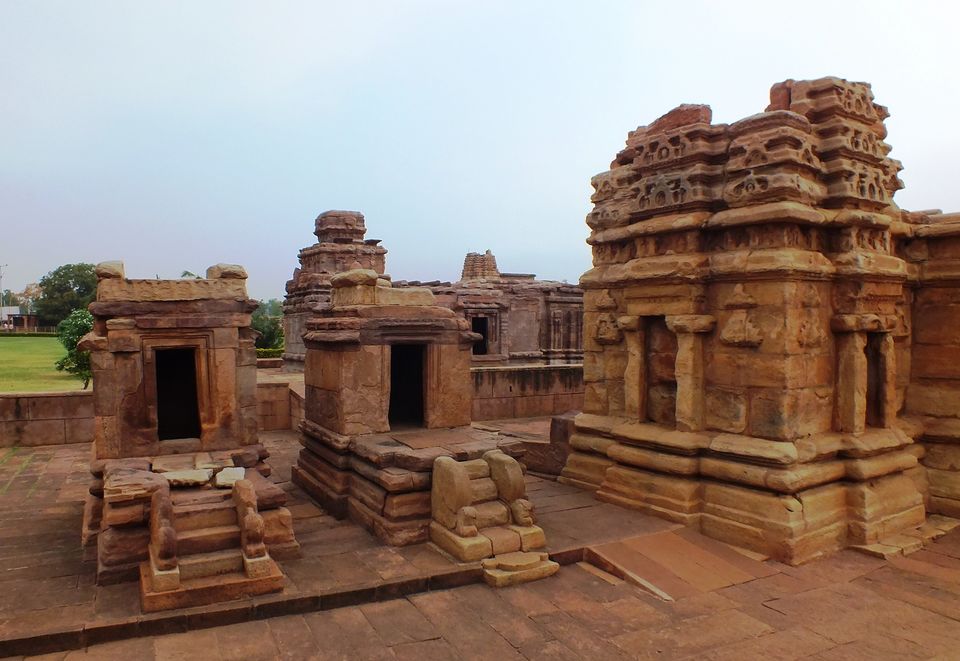
Temples, temples everywhere, but every single one in ruins! Tragic, but profoundly impressive. Aihole (then Aryapura) was the first capital of the Chalukyas until they eventually moved to Badami. Established in 450 CE, the site is located on the Malaprabha river in Bagalkot district of North Karnataka. Here the Chalukyas experimented with rock-cut architecture and built temples in myriad designs. It was in effect their design lab. The styles include Buddhist and Jain structures.
The Chalukyas amalgamated the architectural styles of northern India, southern India and the Deccan to evolve the classic Chalukya signature style over the centuries. The Aihole temples were built from the 5th century to the 12th century and there are inscriptions in Sanskrit and archaic Kannada dating back to 643 CE extolling the victory of Pulakesi II over Harshavardhana on the banks of the Narmada River (probably in 618-619). The 643 inscription (popularly known as Aihole inscription) is a fine piece of poetic literature composed by Ravikirti, the court poet of Pulakesi II.
Legend has it that Aihole was the place where Lord Parashuram washed his axe after wiping out the Kshatriyas. They say there are 125 temples here but we saw only a handful. What we saw was mind-boggling. You need to move around a bit so take a cab (either from Badami or Bijapur). Pattadakkal is about 20 km from Aihole.
The best-known complex is well looked after, while the other temples (or what is left of them) are in different stages of disintegration. ‘Dilapidated’ is a word you can’t use to describe them – it presupposes some existing structure. ‘Only a few stones left’ is an apt phrase that describes many of the temples in this area. The dryness of the earth and the poverty of the masses is in evidence everywhere, leaving the visitor sad and disheartened.
The Kontigudi group of temples includes the Lad Khan temple which is the oldest temple in Aihole dating back to the 5th century. The entire group is in a state of neglect and disrepair.
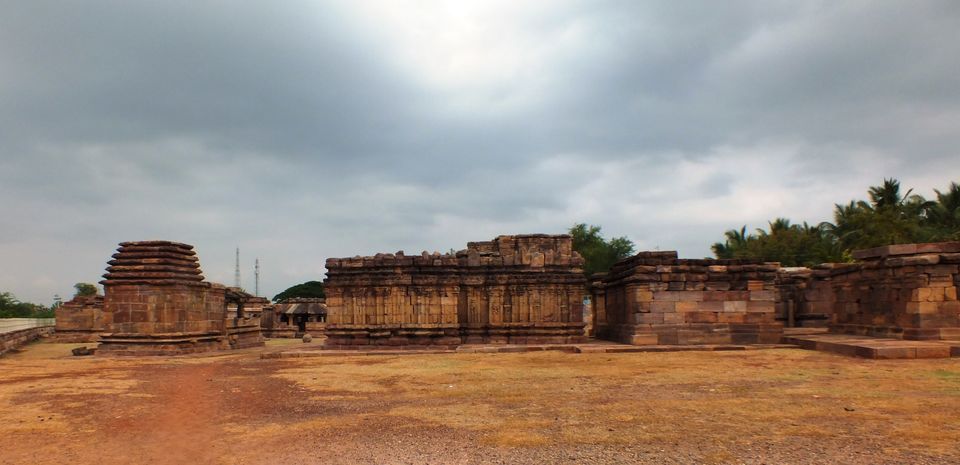
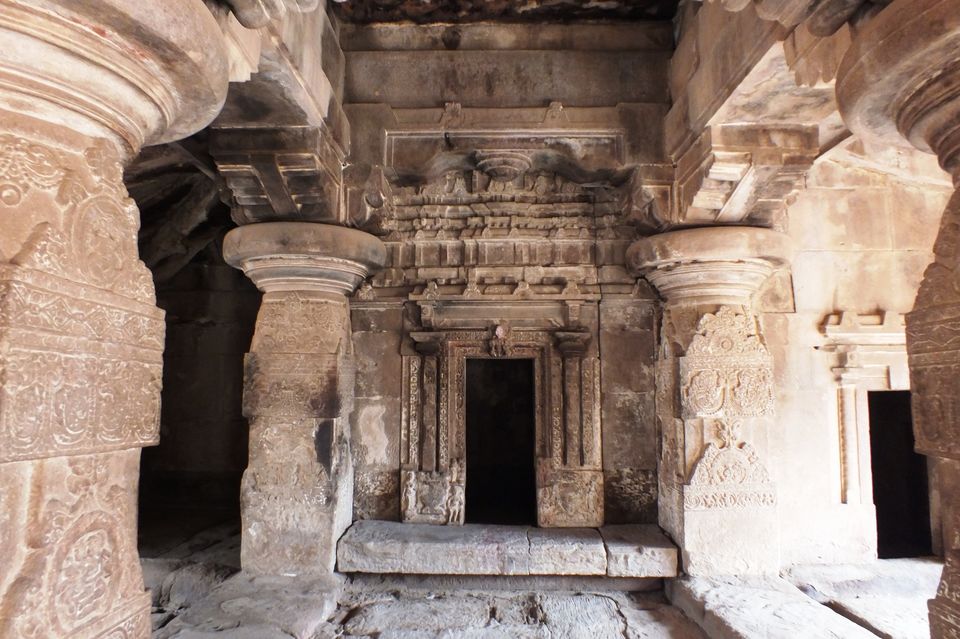
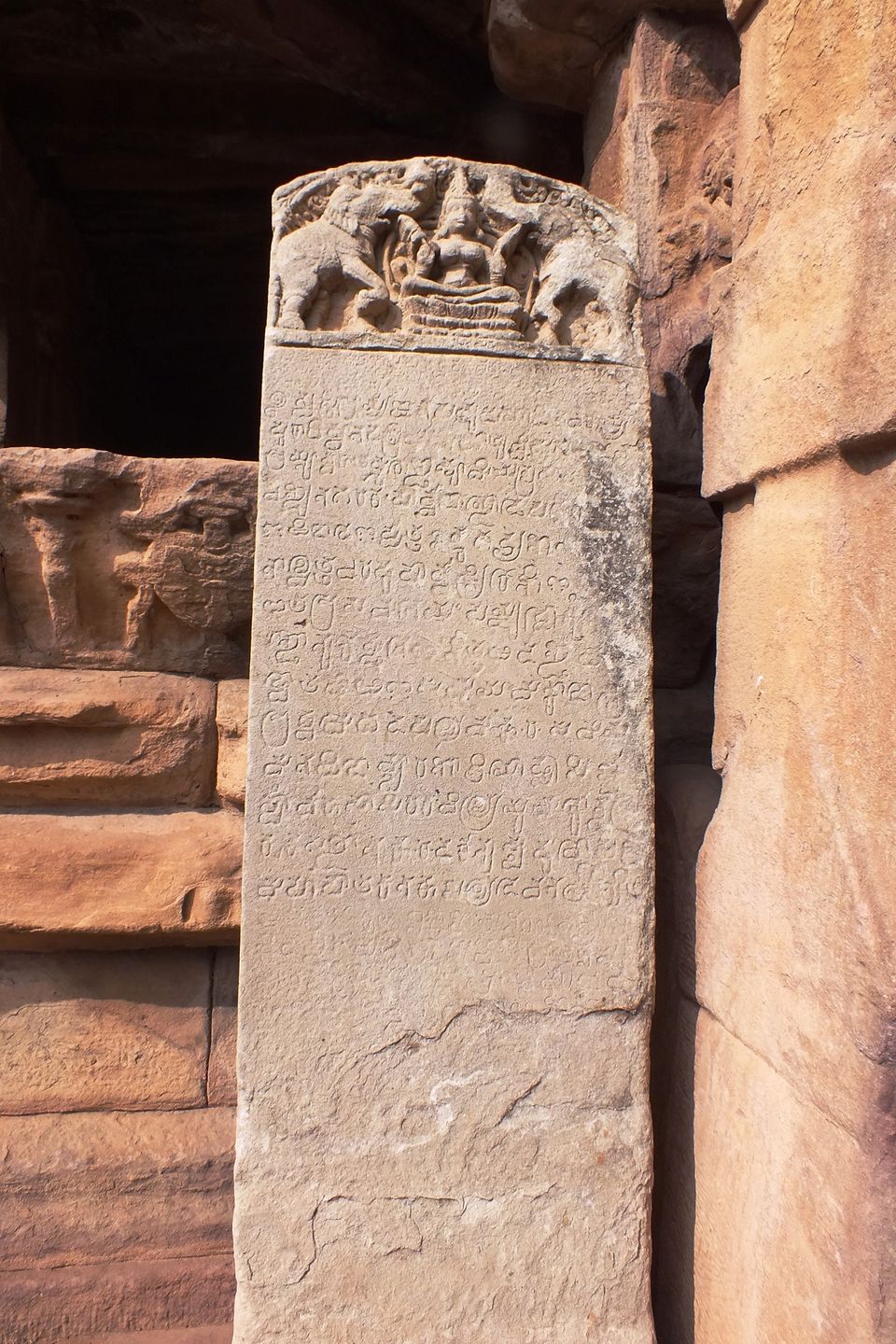
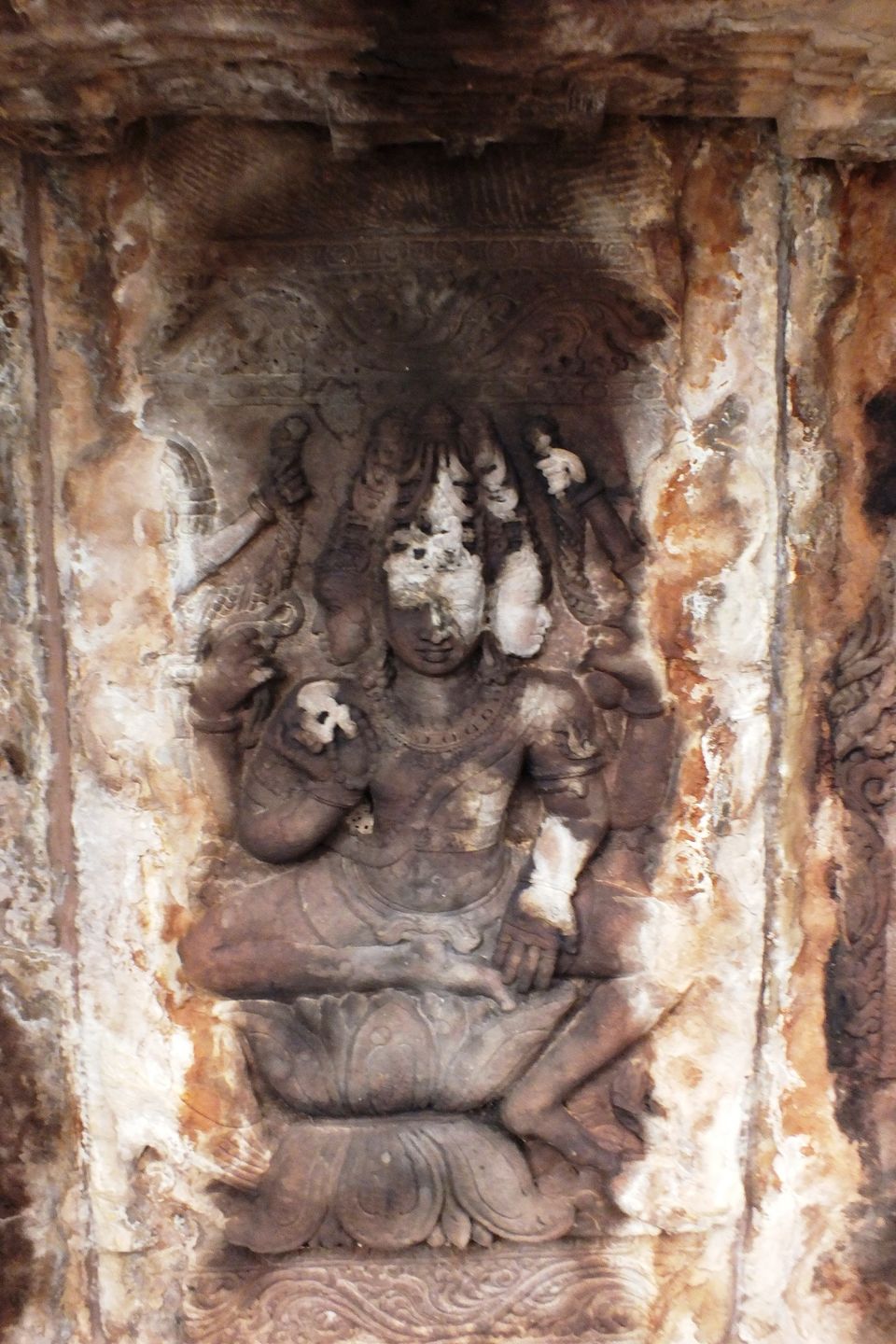
The Ravanaphadi cave temple came as a pleasant surprise. Located in a lonely spot, it is well preserved with spectacular larger-than-life sculptures of Shiva, Mahisha-mardini, Ganesha, Varaha and Bhoomidevi. The sheer scale and perfection of the work is heart-warming.
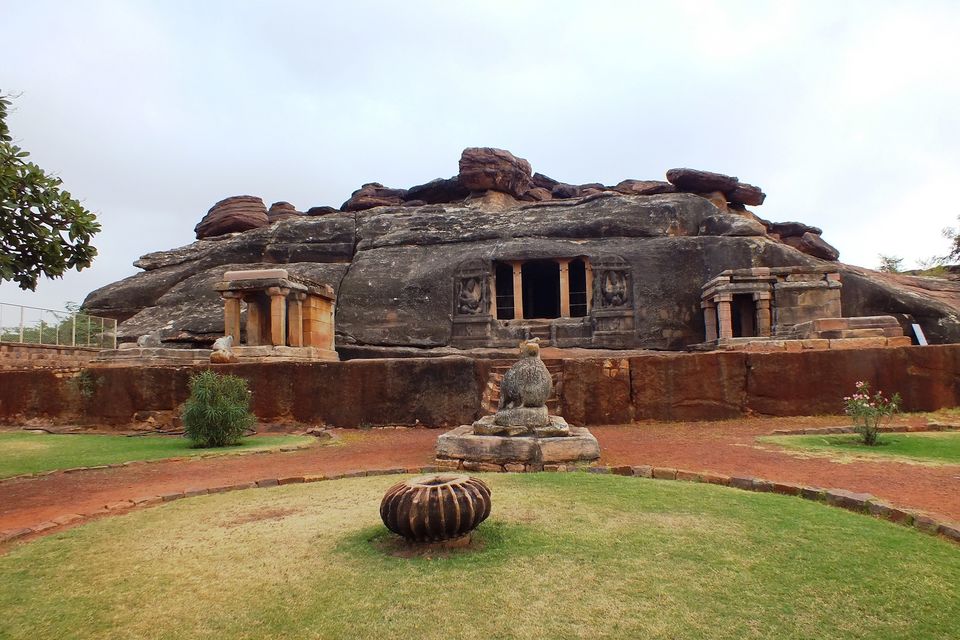
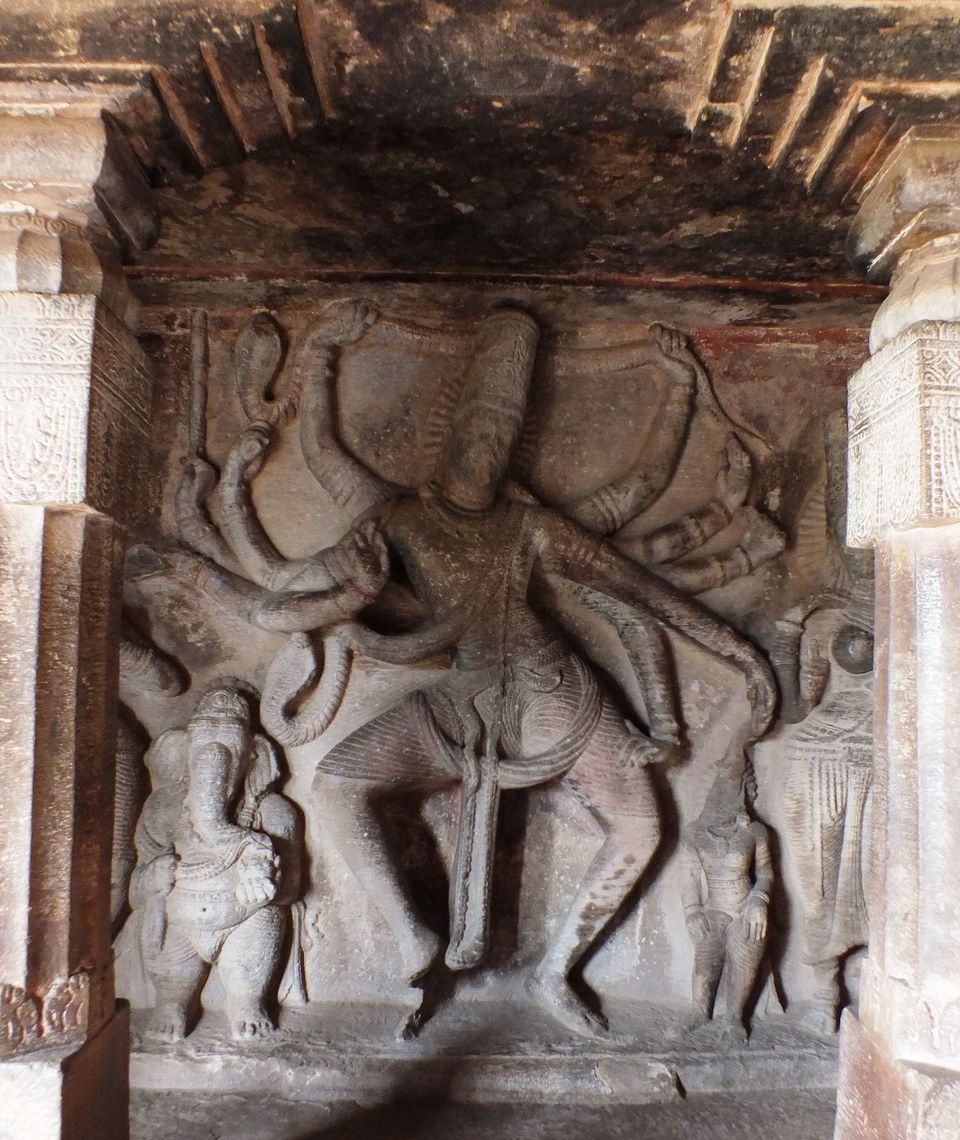
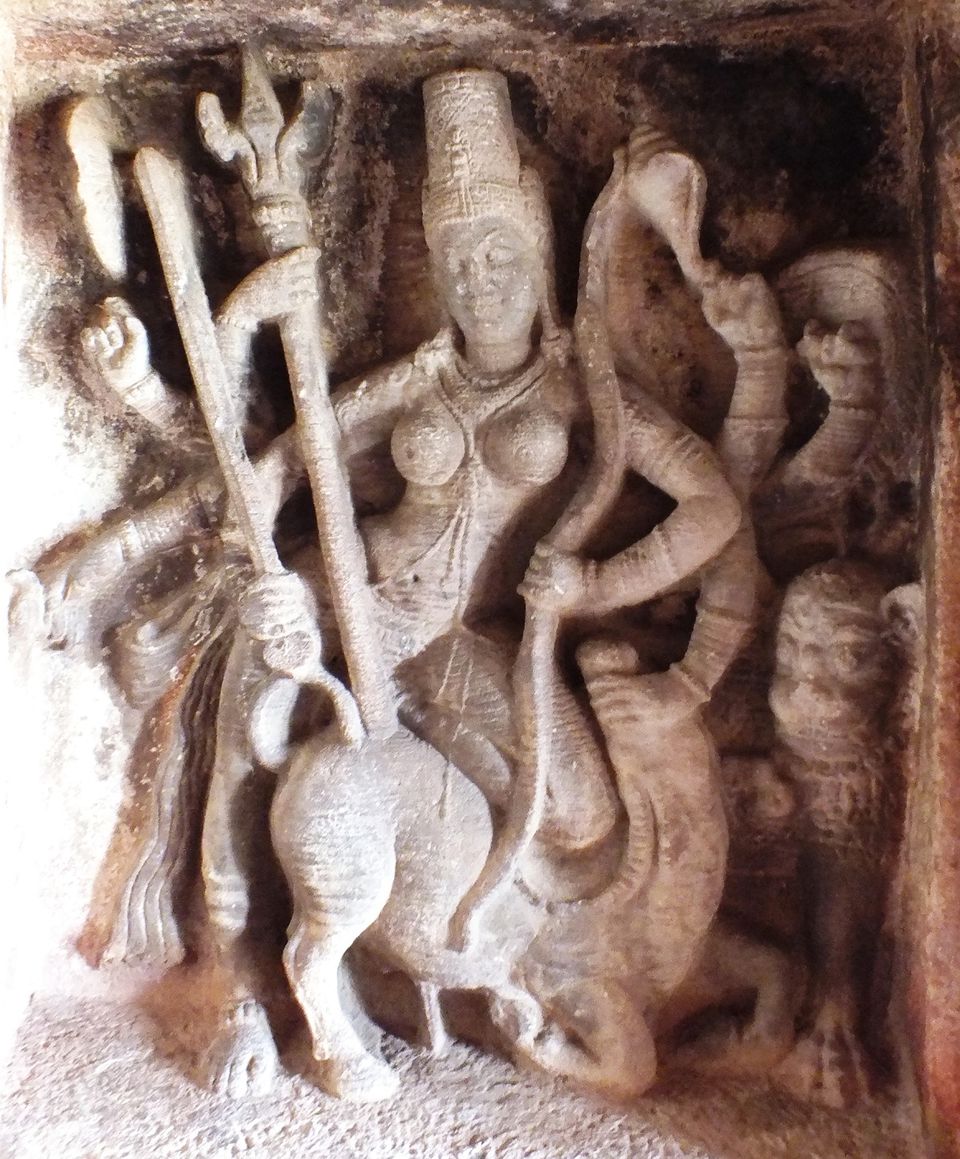
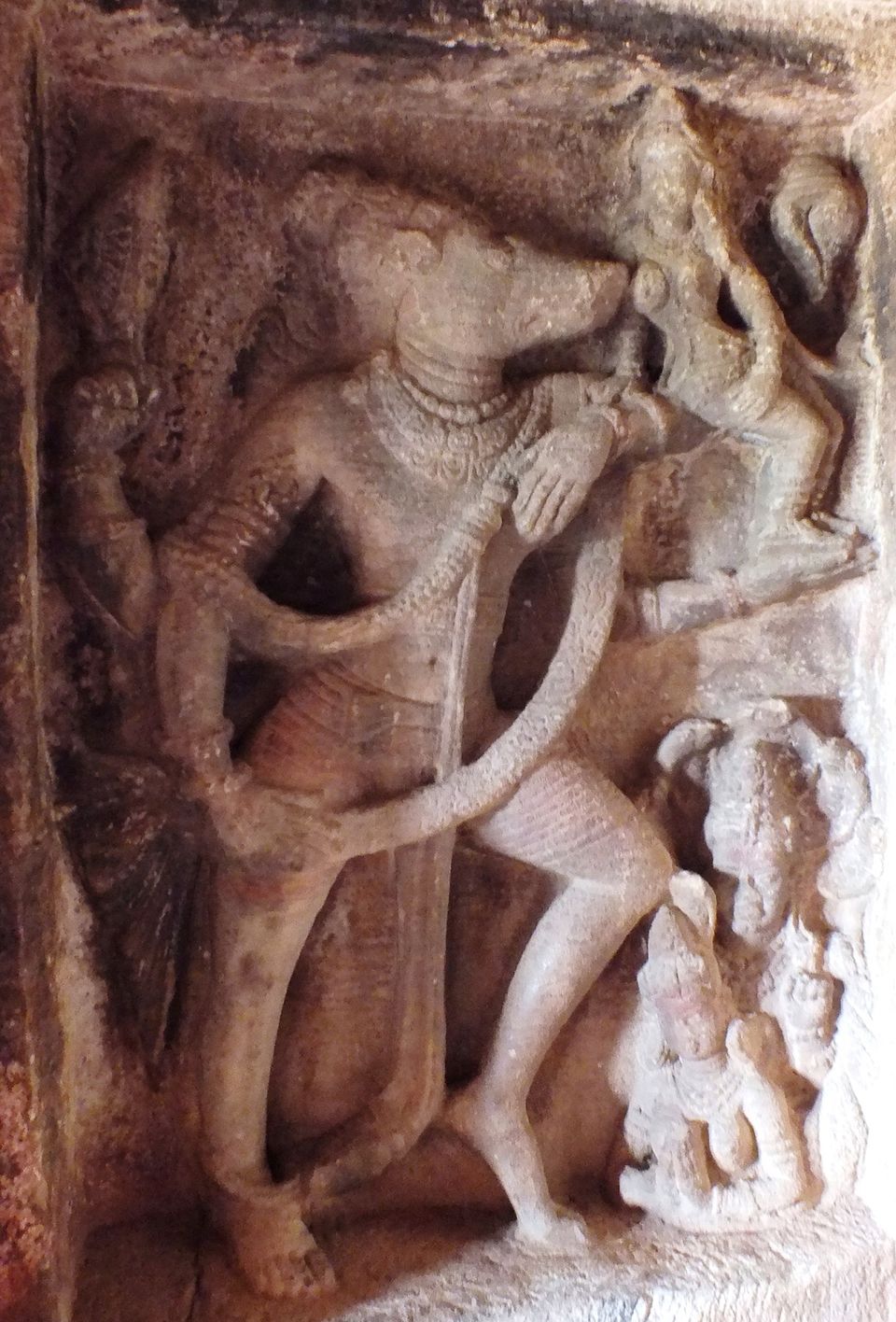
I was glad I sought this place out. (The cab driver had expressed surprise when I mentioned Ravanaphadi.) And interestingly, my friend Uma and I (two women travellers from Kerala) were the only souls in the region. There was silence all around. We had the place all to ourselves. And we loved it.
From Ravanaphadi we could see the two-storey Buddhist chaitya in the distance. It was on a hilltop with far too many steps to climb. We decided to give it the go by.



